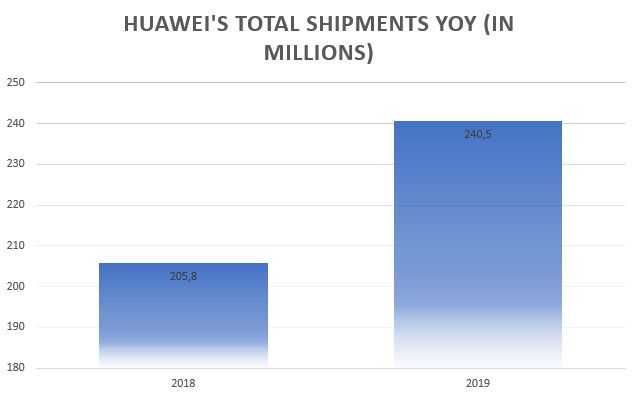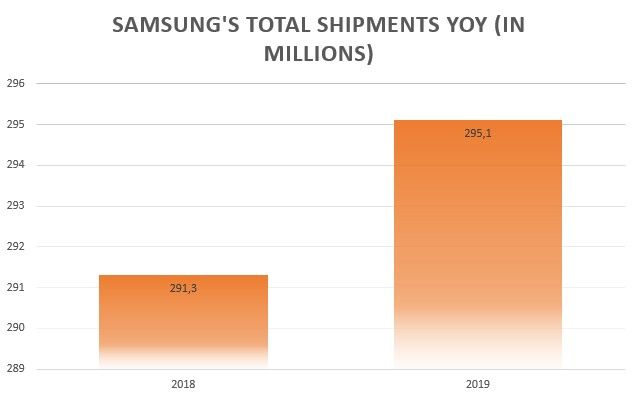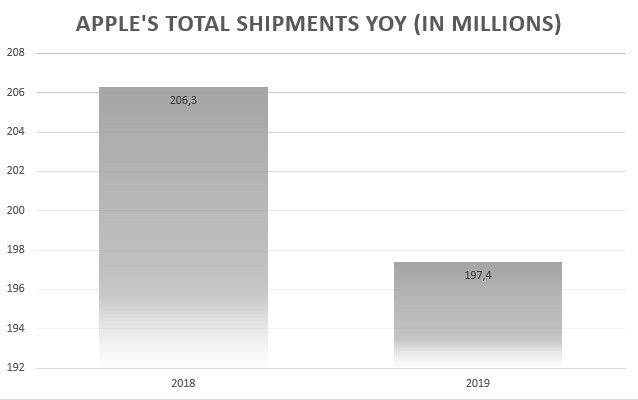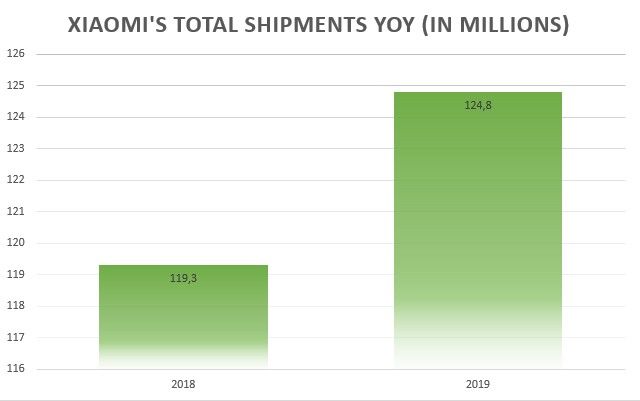Over the past year, digital privacy has regularly made the headlines. As a result, we are much better educated about how big companies and governments collect data. If you would like to keep your web history private or disappear completely online, using a VPN is a must. Here are some of the best providers from 2019, still with major reductions at the XDA Developers Depot.
Seed4.Me VPN: 3-Yr Subscription

This lightweight VPN keeps things simple while providing full protection. It offers full anonymity, with 30 servers to choose from and a selection of VPN protocols. Order now for $19.99 to get a three-year subscription covering unlimited devices, worth $107.55.
SlickVPN: Lifetime Subscription

With 125 gateways available and un-throttled speed, SlickVPN is perfect for regular travelers. The service protects your data with AES-256 encryption, and the company has a strict no-logging policy. Worth $1,200, lifetime subscriptions are now only $19.99.
The KeepSolid App Bundle Ft. VPN Unlimited

This bundle of four apps includes a two-year subscription to VPN Unlimited — one of the most popular services in the world. You also get the KeepSolid Private Browser, which encrypts and anonymizes your mobile web traffic. The bundle is worth $603.42, but you can get it now for $59.99.
Trust.Zone VPN: 3-Yr Subscription

Another great option for the privacy-minded, Trust.Zone VPN makes sure your browsing stays anonymous—even to Trust.Zone. Plus, you can install the software with one click for hassle-free use. For total security, the company keeps no logs and does not ask for your personal details. Normally $319.68, three-year subscriptions are now $69.99.
KeepSolid VPN Unlimited: Lifetime Subscription

This top-rated VPN is used by 10 million people around the world. It provides 400 servers in 80 locations across the globe, with fast connections, P2P support, secure encryption, and a choice of VPN protocols. Worth $499.99, lifetime service is now just $39.99.
BulletVPN: Lifetime Subscription

As the name suggests, BulletVPN offers impressive speed. Available on a huge range of devices, this service lets you unlock Netflix, Hulu, BBC iPlayer, Amazon Prime Video, and many more sites. Normally $540, lifetime subscriptions are currently $39.
VPN.asia Lifetime Subscription

Combining AES-256 encryption and SHA-256 hash authentication, VPN.asia keeps your data locked down. This service supports P2P file sharing, and you can stream content via 40 servers in 30 countries. Order now for $49 to get lifetime protection on five devices, worth $1,296.
ZoogVPN: Lifetime Subscription

This innovative VPN supports most protocols, including the brand new IKEv2. It provides reliable service thanks to a network of cherry-picked servers, with zero logs and 99.9% uptime. Normally worth $710, lifetime subscriptions covering five devices are now $29.99.
Ivacy Lifetime Subscription
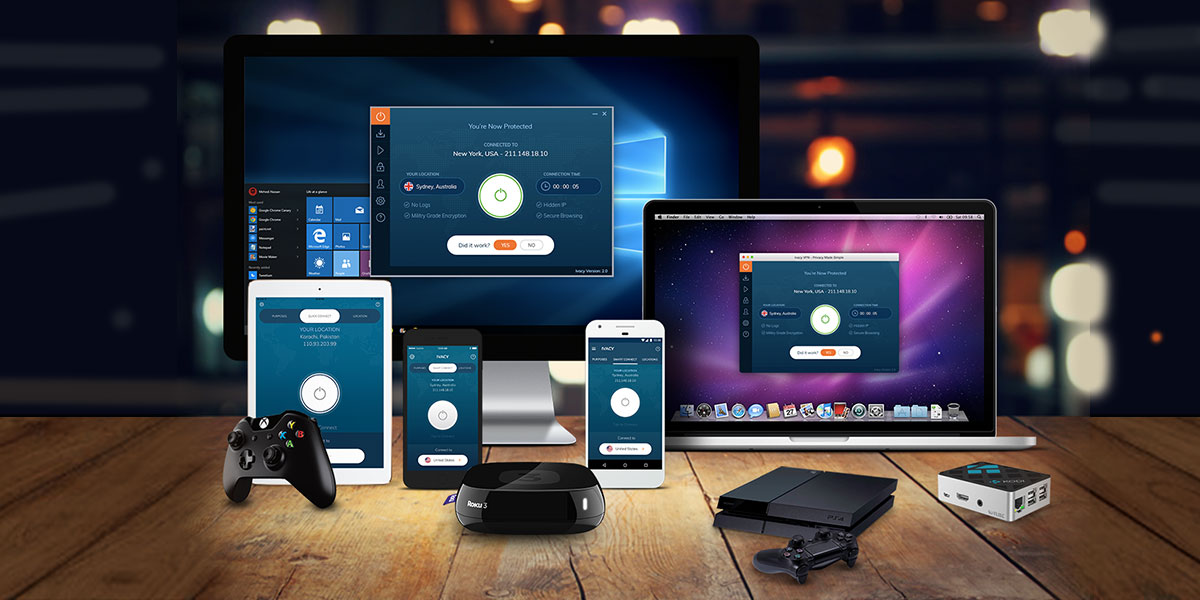
Want to keep your whole family secure? Ivacy protects 10 devices at the same time, including game consoles and routers. You can choose from over 1,000 servers around the world, with P2P support and military-grade encryption. Order now for $59.99 to get a lifetime subscription, worth $2,338.
NordVPN: 2-Yr Subscription

Offering double-encryption and access to 3,521 servers in 61 countries, it is easy to see why NordVPN has such great reviews. The service is fast and reliable, with no logs and a built-in kill switch to protect your privacy. You can pick up a two-year subscription now for $95.99, saving 66% on the standard price.
Prices subject to change
The post 10 of the Best VPNs From 2019 That Are Still on Sale appeared first on xda-developers.
from xda-developers https://ift.tt/2uSp5pC
via IFTTT



